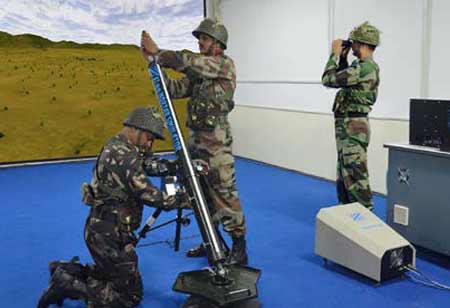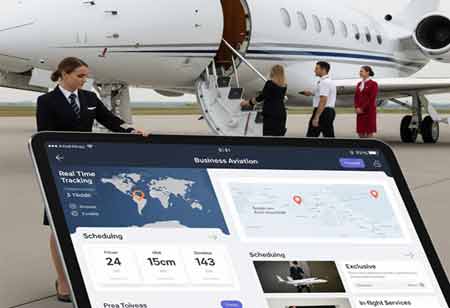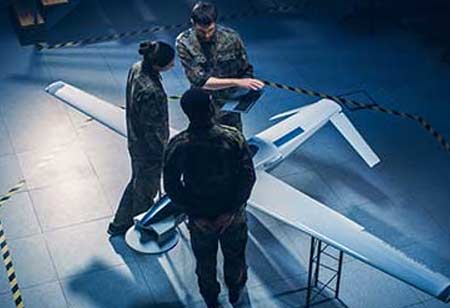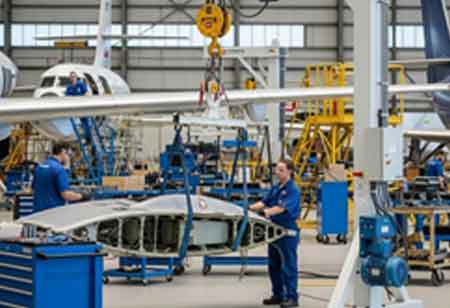Preparation and stratification abilities in the evolutionary heart of modern warfare can never be overemphasized. In this regard, military simulation has emerged as the most vital tool of the defense sector, where innovative training, planning, and operational execution are offered. Military simulations help replicate real-world scenarios in a controlled environment to benefit from great insight and practical experiences toward enhanced mission success.
Enhancing Training through Realism and Immersion
Military simulation offers an excellent benefit in realistically presenting training environments and preparing individuals for actual combat conditions. The experience of missions mimicking real battle scenarios equips troops to improve their decision-making skills, teamwork, and situational awareness. This sort of training by immersion will allow service members to rehearse tactics and procedures with little or no associated risk of live training exercises.
Military simulation fosters a culture of continuous learning and improvement. After each mission’s simulation, participants can assess their performance, determine their strengths and weaknesses, and correct their strategy. This is an iterative process for building a highly skilled and adaptable force that can respond effectively to dynamic threats. Integrating advanced technologies, including virtual reality (VR) and augmented reality (AR), simulations can provide even more immersive experiences, allowing personnel to engage with highly complex scenarios that test their skills in unprecedented ways.
It also suggests the usage of the operational level plan and mission execution. The commanders employ simulation tools to model various scenarios and analyze possible outcomes that might arise from these strategies. Military leaders can then hire the capability to make informed decisions, allocate resources efficiently, and anticipate potential problems before they occur. By simulating engagements that are likely to happen, commanders will be able to evaluate the effectiveness of their tactics and work towards revising their plans. Such measures help in increasing the possibility of mission success.
Cost-Efficiency and Interoperability in Joint Operations
Military simulation is a crucial tool applied during joint and coalition operations. Modern conflicts often amalgamate several countries to achieve a common goal in today’s globally connected world. Military simulation provides interoperability among allied forces by giving all the parties a common training ground where they can practice coordination and communication in a perfectly simulated environment. Such shared understanding enhances trust and collaboration between partner nations as they operate seamlessly during real-world missions.
Military simulation proves to be relatively cheaply efficient during training and operation plans. Live exercises require lots of investment in personnel, equipment, and logistics; however, simulation proves to be the more economical alternative. Defense organizations can carry out far-reaching training without associated costs and risks. This financial efficiency allows militaries to boost their resource allocation to other critical areas while maintaining high readiness.
Military simulations incorporate artificial intelligence and machine learning to amplify their efficiency. AI-based simulations can be adjusted in real-time to situations where participants present dynamic scenarios requiring decisionmaking and problem-solving skills. Advanced simulations can even analyze megabytes of data associated with performance metrics and improvement areas. Military simulations can leverage AI features to provide more effective training that will equip personnel with the ability to handle the complexities of modern warfare.









